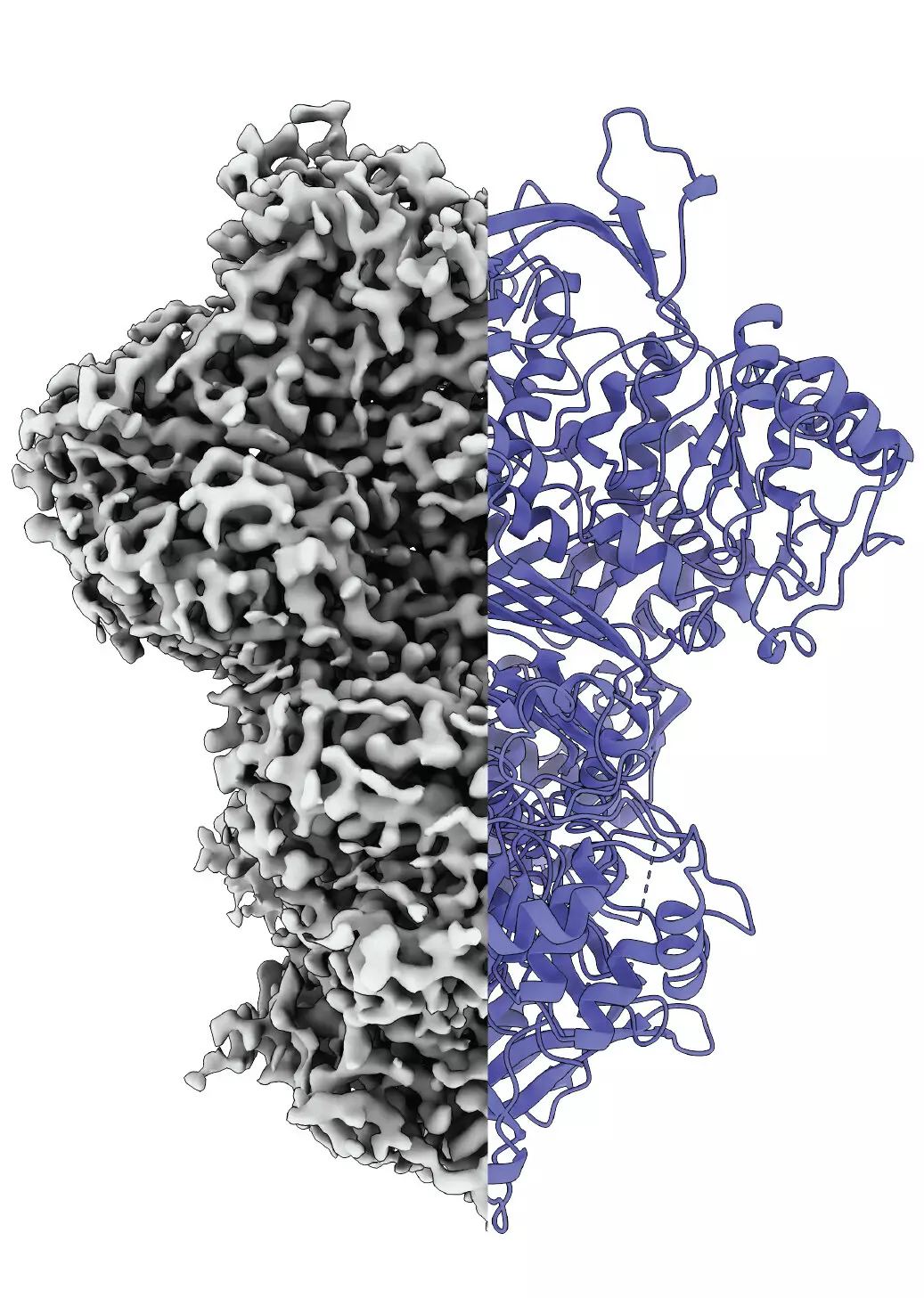Proteins are the fundamental building blocks of life, governing myriad biological processes critical to cellular function, growth, and metabolism. Chief among these, the protein myo-inositol-1-phosphate synthase (MIPS) has recently garnered attention for its unique structural characteristics and its pivotal role in the synthesis of inositol, an essential compound often referred to as vitamin B8. This article aims to explore the newly discovered structural dynamics of MIPS and the implications these findings have for our understanding of protein functionality.
The relationship between a protein’s structure and its function is a well-established principle in biochemistry. Proteins must possess specific three-dimensional configurations to effectively catalyze biochemical reactions. When these structures are compromised, the proteins can fail to perform their biological roles, which may result in health ailments. Traditionally, proteins were analyzed in isolated environments, which often did not reflect their functional states in cellular contexts. The groundbreaking research emerging from Martin Luther University Halle-Wittenberg (MLU) and the National Hellenic Research Centre sheds light on MIPS’s behavior within a more authentic biological setting.
The research team, led by Professor Panagiotis Kastritis, developed innovative techniques utilizing cryo-electron microscopy. This advanced method captures proteins in action, providing a window into the living processes that occur within cells. By examining MIPS in samples derived from the thermophilic fungus Thermochaetoides thermophila, they uncovered a transformative process where the protein transitions from a disordered state to a structured conformation. This transition reveals the protein’s performance as it reacts within its natural environment, a significant departure from conventional analysis that often obscured such dynamic behaviors.
The study particularly highlights that MIPS does not exist in a single, static form. Researchers identified at least three distinct states: disordered, ordered, and a yet-to-be-understood intermediate state that may facilitate interactions with water or participate in other essential reactions. Understanding these states is crucial since they directly correlate to the protein’s functionality in producing inositol. Toni Träger, a key team member, explained that the structural malleability of MIPS may play a vital role in its efficiency within the broader metabolic pathways that lead to inositol synthesis.
MIPS belongs to a category of enzymes known as isomerases, and this research piques interest in the behavior of over 340 potential homologs. The investigators found parallels in the dynamic structural behavior of these related proteins, suggesting a possible commonality in function and adaptability across the isomerase family. These findings have significant repercussions for metabolic research and potential therapeutic applications, offering clues that could lead to new strategies for treating diseases linked to metabolic dysfunctions.
The discovery of MIPS’s structural dynamics represents a significant advancement in our grasp of protein function. By elucidating how proteins like MIPS can undergo structural shifts in response to environmental cues, we can appreciate the complexity of cellular processes at a new level. As scientific inquiry continues to unveil the fluid nature of proteins, such findings may pave the way for innovative therapeutic approaches, potentially transforming our understanding and management of metabolic diseases and beyond. This pioneering research not only enriches the field of protein science but also enhances our collective knowledge of the intricate web of life-sustaining biochemical reactions occurring within living organisms.

